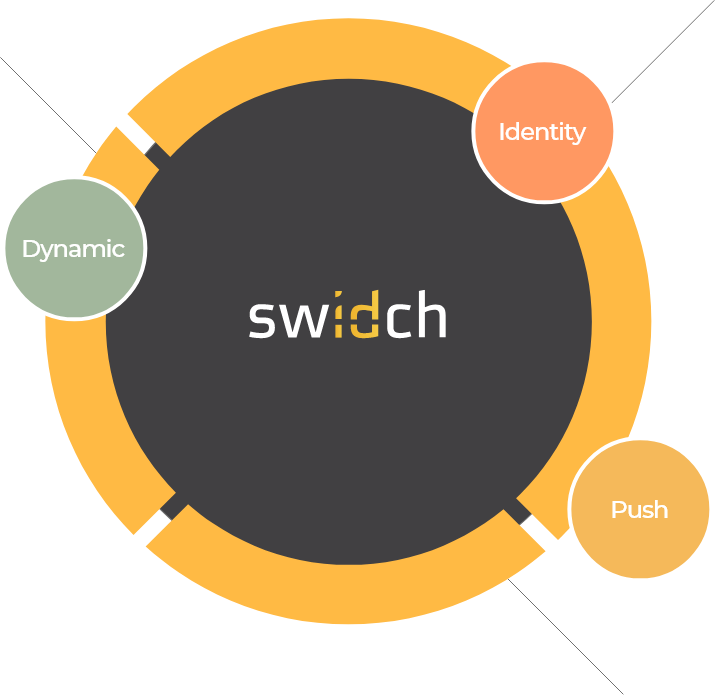

Smart Building OTAC
We offer a solution that ensures secure and reliable command transmission
over 5G to a vast array of IoT devices during critical emergencies.
Pain points
In the rapidly evolving landscape of smart buildings, ensuring uninterrupted and secure communication between devices is paramount. During an emergency, it is crucial to provide first responders with physical access through gates and doors of a smart building without compromising security. However, several pain points hinder optimal performance and security.

Dependency on Intermediate Hardware
Traditional IoT aggregators rely on multiple wireless routers and gateways (e.g., Wi-Fi) to access devices. During emergencies, these intermediaries may be disrupted due to power outages or equipment malfunctions, preventing commands from reaching their destinations.
Scalability Challenges
High costs are an issue because increasing the number of hardware components, such as routers and switches, raises both initial and ongoing expenses. The inflexibility of pre-set network planning complicates future adjustments and expansions.
Reliability Concerns
Ensuring constant availability of communication channels is challenging, making them unreliable. Unsecured communication channels expose systems to potential security vulnerabilities.
Solution
To address these critical issues, swIDch’s Smart Building OTAC offers innovative solutions that enhance security, scalability, and reliability.
Emergency Response Mechanism
- In critical situations, an emergency response triggers a command to the Edge Command Centre, such as unlocking all doors.
- The Control Server contacts the OTAC Service, which tokenises the command into OTAC with the command added as the payload.
- OTAC is transmitted over 5G to the IoT Modem. The OTAC Auth solution, running on the SIM card, validates the OTAC, extracts the payload command, and executes it on the IoT device.

Market Need for a New Authentication Solution
- Proliferation of IoT Devices: Many IoT devices lack robust security measures due to oversight during product development. OTAC provides a dynamic, one-time-use code, ensuring strong security.
- Mitigating Inherent Risks: Hackers can target IoT devices, risking command control takeover and firmware attacks. OTAC effectively counters both threats.
- Cost-Effective Security: OTAC is a cost-effective solution compared to other IoT security measures.
- Low Compute Requirements: The lightweight OTAC applet can be deployed on low-compute IoT devices, ensuring swift and efficient operation.
- Software-Only Solution: OTAC eliminates the need for additional hardware, reducing costs and complexity.
Benefits
The implementation of Smart Building OTAC brings a multitude of benefits that revolutionise smart building management. By addressing the pain points you have faced with innovative solutions, swIDch’s Smart Building OTAC stands as a leading-edge technology in smart building security, offering enhanced security, cost efficiency, and reliable scalability.
Enhanced Security
Ensures secure communication even during emergencies, using dynamic, one-time codes to prevent unauthorised access.
Cost Efficiency
Reduces the need for extensive hardware and lowers labour costs associated with traditional IoT network setups.
Scalability & Reliability
Offers a scalable solution that maintains reliable communication channels without relying on multiple vulnerable intermediaries.
Easy Deployment
The lightweight OTAC applet can be seamlessly integrated into low-compute IoT devices without additional hardware.
Contact us today
Why swIDch
that provides all of the following features, tested and substantiated
by the University of Surrey technical report

sufficient to IDENTIFY user
and AUTHENTICATION
off-the-network environment
Single-step identification and authentication with the code alone. Include our biometric option and get single-step MFA. Vastly improved UX by removing steps.
OTAC is a dynamic code, which means the code is constantly changing. Eliminates all use of static information. Forget usernames and passwords forever. Vastly reduced workload for IT helpdesks.
No network connection required for generating OTAC, enabling uninterrupted use no matter where you are. No more waiting for additional tokens/OTPs and no need for heavy public key infrastructure (PKI).
Highly configurable code parameters and lightweight SDK/applet means wide range of deployment options on many devices across multiple sectors.
.jpg?width=318&height=179&name=Enhanced%20Security(edited).jpg)
.jpg?width=318&height=179&name=Cost%20Efficiency(edited).jpg)
.jpg?width=318&height=179&name=Scalability%20and%20Reliability(edited).jpg)
.jpg?width=318&height=179&name=Easy%20Deployment%20(edited).jpg)